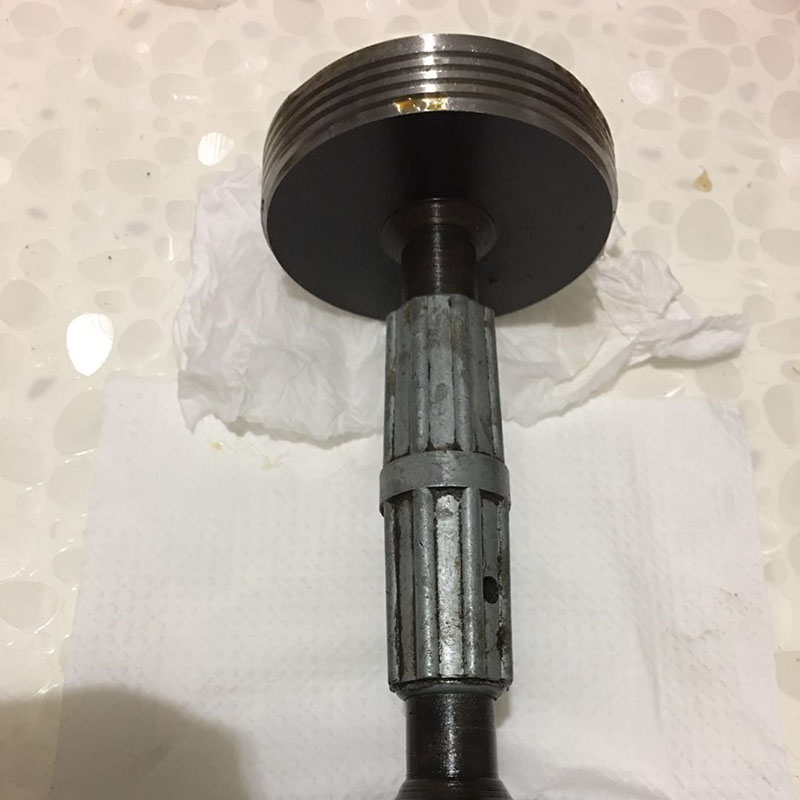Sep . 25, 2024 20:22 Back to list
water pressure reduction valve
Understanding Water Pressure Reduction Valves A Comprehensive Overview
Water pressure reduction valves (PRVs) play a crucial role in modern plumbing systems, ensuring that the water pressure supplied to homes and commercial buildings is at a safe and consistent level. These devices are essential for protecting plumbing appliances, preventing pipe damage, and conserving water. In this article, we will explore the functions, benefits, types, and maintenance of water pressure reduction valves.
What is a Water Pressure Reduction Valve?
A water pressure reduction valve is a specialized valve that automatically reduces the incoming water pressure from the main supply line to a safe, usable pressure for your plumbing system. High water pressure can lead to several issues, including leaks, burst pipes, and premature wear of fixtures and appliances, such as washing machines and dishwashers. PRVs are designed to regulate this pressure to prevent such problems.
How Does a Water Pressure Reduction Valve Work?
The operation of a PRV is relatively straightforward. When water enters the valve, it encounters a diaphragm that moves in response to the water pressure. As the pressure fluctuates, the diaphragm adjusts the opening of the valve, allowing only the desired amount of water to pass through. This ensures that the water pressure downstream of the valve remains consistent, regardless of changes in the supply pressure.
Benefits of Installing a Water Pressure Reduction Valve
1. Protection of Plumbing Systems One of the primary benefits of installing a PRV is the protection it offers to plumbing systems. By maintaining a stable pressure, it helps extend the lifespan of pipes and fittings. High pressure can lead to leaks and bursts, causing costly damages and repairs.
2. Increased Appliance Longevity Many appliances that use water, such as dishwashers and water heaters, have specific pressure requirements. A PRV ensures that these appliances operate efficiently and do not suffer from damage caused by excessive pressure.
3. Water Conservation Implementing a PRV can also lead to significant water savings. By regulating the flow and pressure, it reduces the amount of water wasted due to leaks and unnecessary overuse.
4. Enhanced Comfort and Efficiency Consistent water pressure improves the overall comfort of water usage in the home. Showers, sinks, and other fixtures provide a more pleasant experience when the water pressure is stable and within the desired range.
Types of Water Pressure Reduction Valves
water pressure reduction valve

There are several types of water pressure reduction valves, each suited for different applications
1. Adjustable PRVs These valves allow the user to set the desired output pressure. They are versatile and can be fine-tuned to meet specific needs.
2. Spring-Loaded PRVs Utilizing a spring mechanism, these valves respond to changes in pressure by adjusting the flow of water. They are commonly used in residential applications.
3. Pilot-Operated PRVs These valves use a pilot system to maintain constant pressure downstream. They are suitable for larger plumbing systems, such as commercial buildings, where precise pressure control is vital.
Maintenance of Water Pressure Reduction Valves
To ensure optimal performance and longevity, regular maintenance of water pressure reduction valves is necessary. Here are some tips for maintaining your PRV
1. Routine Inspections Check for any signs of leaks or corrosion around the valve. Regularly inspecting the valve will help identify any potential issues before they become major problems.
2. Adjusting Pressure If you notice fluctuations in water pressure in your home, it may be time to adjust the valve. Most adjustable PRVs have a simple mechanism for setting the desired output pressure.
3. Cleaning Sediment and debris can accumulate within the valve, affecting its operation. Regularly flushing the valve can help maintain its efficiency.
4. Professional Servicing Consider scheduling a professional inspection of your PRV at least once every few years. Professionals can identify and correct issues that may not be apparent during routine checks.
Conclusion
Water pressure reduction valves are essential components of a healthy plumbing system. By regulating water pressure, they protect pipes and appliances, promote water conservation, and enhance overall efficiency. Understanding the importance of these valves and maintaining them properly can lead to a more reliable and effective plumbing system, ultimately saving homeowners time, money, and headaches in the long run.
-
Rising Demand for Corrosion-Resistant Metal Valves in Wholesale MarketsNewsMay.30,2025
-
Revolutionizing Industrial Workholding for Fabrication Table ClampsNewsMay.30,2025
-
Precision Measurement: Plug Gauges in Industrial Quality ControlNewsMay.30,2025
-
Material Selection and Durability in Heavy-Duty Welding Table WorkbenchesNewsMay.30,2025
-
Durability and Maintenance of Granite Fabrication TablesNewsMay.30,2025
-
Precision in Measurement: Why a Quality Inspection Platform MattersNewsMay.29,2025
Related PRODUCTS









